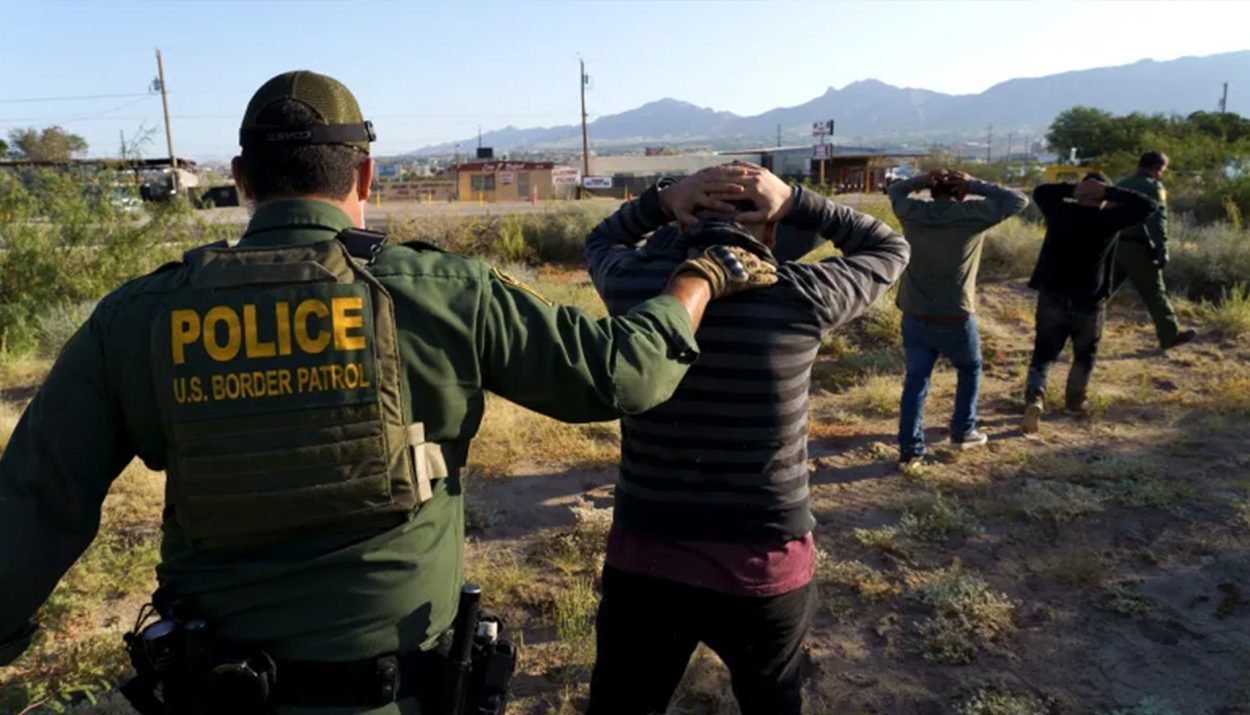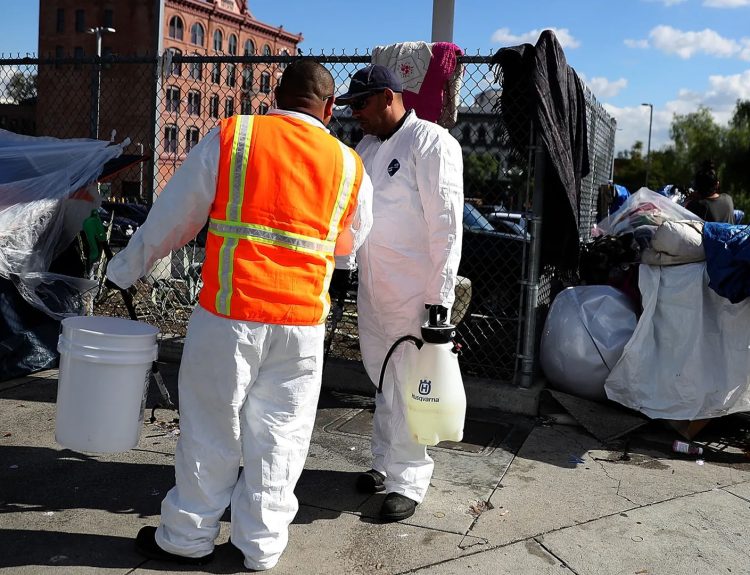As California grapples with an unprecedented influx of migrants, officials are sounding the alarm about the strain on resources and the looming depletion of benefits. With numbers rising for three consecutive years, the Golden State finds itself at a crossroads, seeking solutions to a crisis that shows no signs of abating.
Migrant Numbers Reach Record Highs
California has witnessed a staggering increase in illegal immigration, with numbers soaring from 260,000 in fiscal year 2021 to 450,000 in fiscal year 2023, according to U.S. Customs and Border Protection (CBP) data. The current fiscal year has already seen over 253,200 migrants in just five months, a trend that threatens to overwhelm the system.
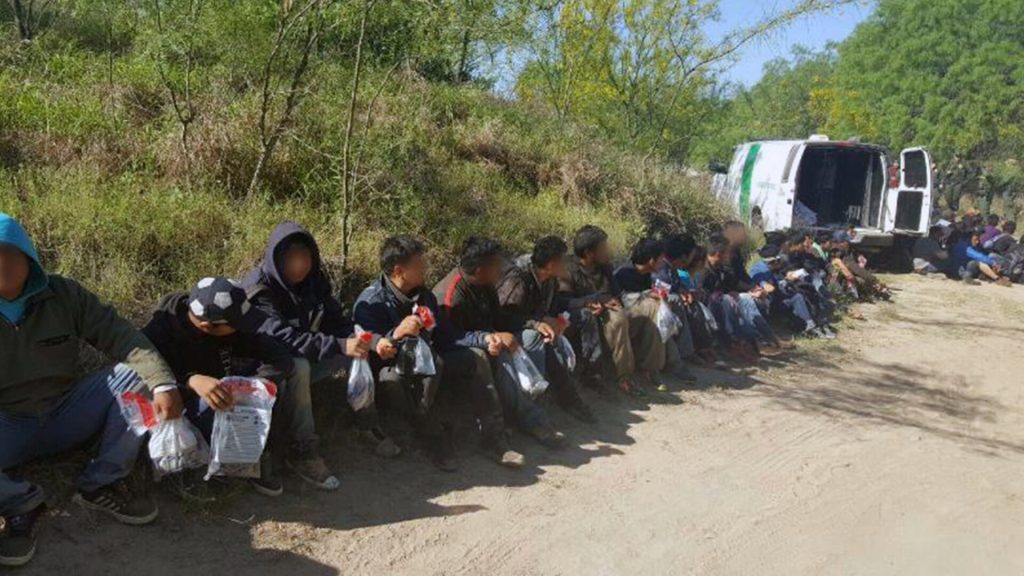
The surge is not limited to sheer numbers alone; California has experienced an influx of migrants from various countries, including China, Haiti, and India. This diversity adds complexity to the challenge of providing adequate resources and support.
Injuries and Arrests at the Border
As migrant numbers climb, so do the incidents of injuries at the southern border wall. Local hospitals report treating an increasing number of individuals who have been hurt attempting to cross the border. In a recent incident, CBP confirmed the arrest of a suspected Chinese national who drove onto the 29 Palms Marine Base without proper authority.

The rise in injuries and arrests underscores the urgent need for comprehensive solutions that prioritize both compassion and security. As the situation escalates, officials are grappling with the challenge of balancing humanitarian concerns with the need to maintain order and protect public safety.
Shelters at Capacity, Benefits Stretched Thin
El Cajon Mayor Bill Wells warns that the migrant surge is pushing California’s resources to the brink. “Pretty soon the system is going to be overwhelmed to the point where there’s not going to be enough money to send people everywhere they want to go,” he cautions.
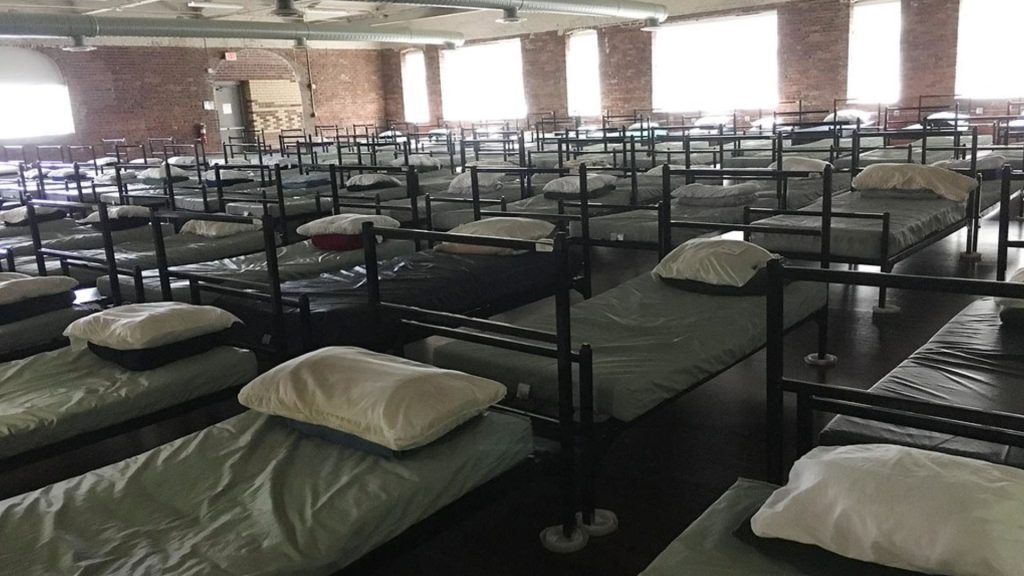
Homeless shelters across the state are already at capacity, struggling to accommodate both migrants and the growing homeless population. With the safety net stretched thin, California faces the daunting task of providing essential services and support to those in need.
San Diego County Grapples with Street Releases
San Diego County Supervisor Jim Desmond reveals that more than 24,000 migrants have been released onto the streets of San Diego since late February, with over 120,000 in the last six months. The county spent $6 million on a local migrant resource center, but the funds were exhausted in just four months.
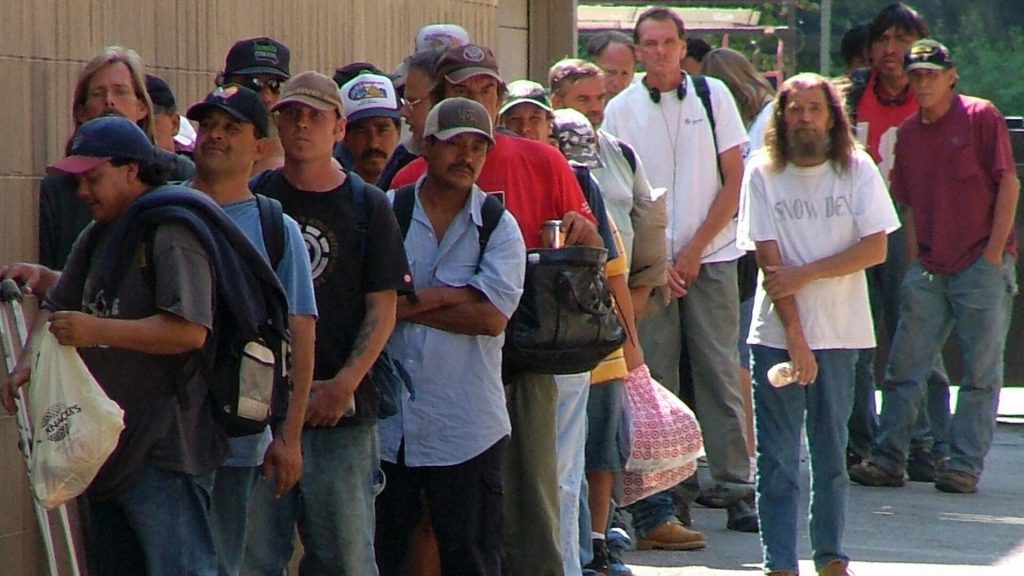
Desmond emphasizes that this crisis affects the entire country, as approximately 90 percent of the migrants released in San Diego leave within 24 hours, dispersing across the nation. The lack of proper vetting and tracking mechanisms raises concerns about the potential impact on communities nationwide.
Federal Government’s Role in the Crisis
Local officials are calling on the federal government to address the root causes of illegal immigration and provide adequate support. Mayor Wells blames the federal government for failing to prevent “bad actors” like cartels and gang members from entering the U.S., stating that the situation is “exponentially” worse than ever before.

Supervisor Desmond echoes this sentiment, urging the federal government to enforce existing rules, improve asylum processes, and provide pathways for legal immigration. He argues that allowing migrants to bypass legal channels incentivizes illegal immigration and endangers everyone involved.
The Human Cost of the Crisis
Amidst the political debates and resource challenges, it is crucial to remember the human faces behind the migrant crisis. Many of those crossing the border are fleeing violence, poverty, and persecution in their home countries, seeking a better life for themselves and their families.

As California grapples with the influx, it is essential to approach the situation with compassion and understanding. While the strain on resources is undeniable, the human cost of turning away those in need cannot be ignored.
Balancing Security and Compassion
The migrant surge in California presents a complex challenge that requires a delicate balance between security and compassion. While the need to protect borders and maintain public safety is paramount, it must be balanced with the moral obligation to provide aid and support to those in dire circumstances.

Finding solutions that address both the immediate needs of migrants and the long-term sustainability of resources will be a defining test for California and the nation as a whole. It will require collaboration, innovation, and a commitment to upholding the values of human dignity and respect.
The Economic Impact of Migration
The migrant surge in California has significant economic implications, both in terms of the costs associated with providing services and the potential contributions of migrants to the workforce and economy. While the short-term strain on resources is evident, the long-term impact of migration is more complex.
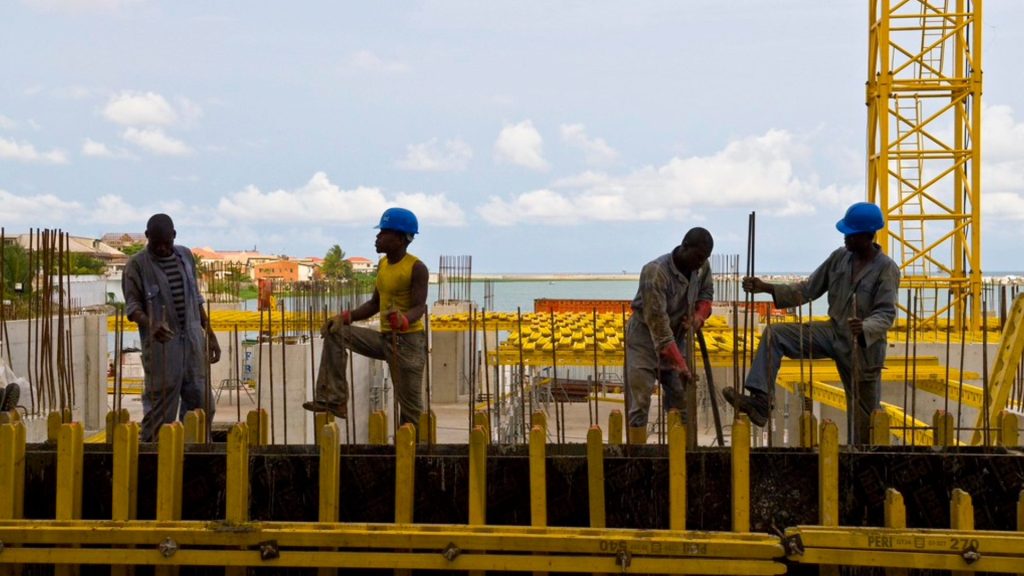
Studies have shown that migrants often fill critical labor gaps, contribute to economic growth, and pay taxes. However, the current crisis highlights the need for a more sustainable and equitable approach to managing migration, one that balances economic considerations with humanitarian obligations.
The Role of Local Communities
As California navigates the challenges of the migrant surge, local communities play a vital role in providing support and fostering integration. From faith-based organizations to community groups, grassroots efforts have emerged to offer assistance, ranging from temporary housing to language classes and job training.

These initiatives demonstrate the resilience and compassion of Californians, even in the face of overwhelming circumstances. By coming together and leveraging local resources, communities can make a meaningful difference in the lives of migrants while also advocating for systemic solutions.
The Need for Comprehensive Immigration Reform
The migrant crisis in California underscores the urgent need for comprehensive immigration reform at the federal level. The current system, with its backlogs, inconsistencies, and lack of clear pathways for legal migration, contributes to the chaos and desperation at the border.

Addressing the root causes of migration, streamlining asylum processes, and providing more opportunities for legal entry could help alleviate the pressure on border states like California. It is a complex and politically charged issue, but one that demands attention and action from policymakers at all levels.
The Global Context of Migration
The migrant surge in California is not an isolated phenomenon; it is part of a broader global trend of increasing migration driven by factors such as climate change, conflict, and economic instability. As the world becomes more interconnected, the movement of people across borders is likely to continue and even accelerate.

Understanding the global context of migration is crucial for developing effective and humane policies. It requires international cooperation, a recognition of shared responsibilities, and a commitment to addressing the underlying causes of displacement.
The Importance of Dialogue and Understanding
Amidst the heated debates surrounding the migrant crisis, it is essential to foster dialogue and understanding among all stakeholders. This includes policymakers, law enforcement, community leaders, advocates, and migrants themselves.

By creating spaces for open and respectful communication, we can break down stereotypes, dispel myths, and work toward solutions that prioritize both compassion and pragmatism. It is through dialogue that we can find the common ground necessary to address this complex issue effectively.
California’s Resilience and Innovation
Despite the challenges posed by the migrant surge, California has a long history of resilience and innovation in the face of adversity. As the state grapples with this crisis, it has the opportunity to lead the way in developing creative solutions and setting an example for the rest of the nation.

From leveraging technology to streamline processes and improve coordination to piloting new models of community-based support, California has the potential to turn this crisis into an opportunity for positive change. By harnessing its diverse talents and resources, the state can chart a path forward that upholds its values of inclusivity, compassion, and progress.
A Call to Action
The migrant surge in California is a wake-up call for the entire nation. It is a reminder that the challenges of migration are not confined to border states but have far-reaching implications for communities across the country.

Addressing this crisis will require a collective effort, one that transcends political divisions and focuses on the shared goal of creating a more just, humane, and sustainable system. It is a call to action for every one of us to do our part, whether through advocacy, volunteerism, or simply by extending a hand of compassion to those in need.

